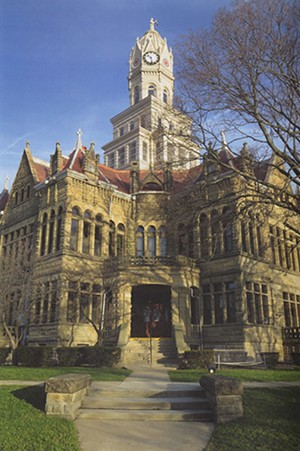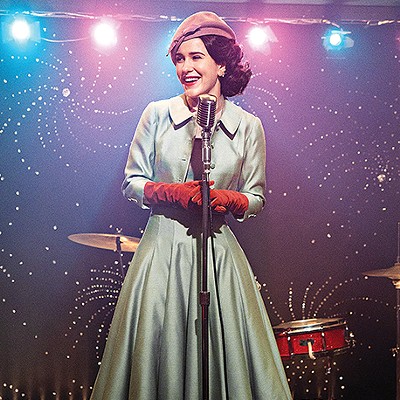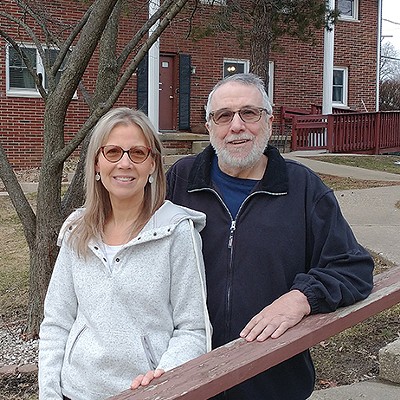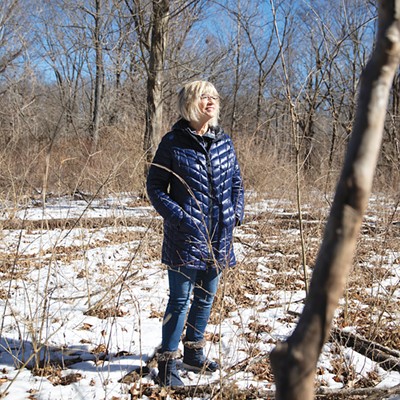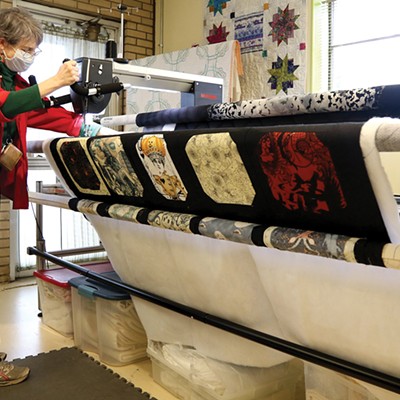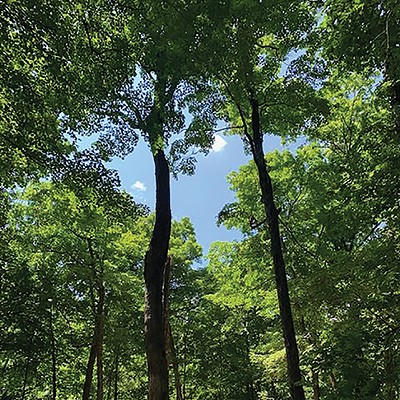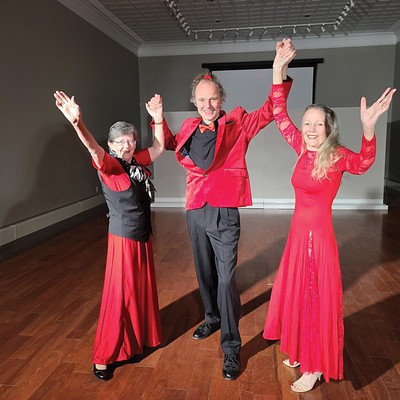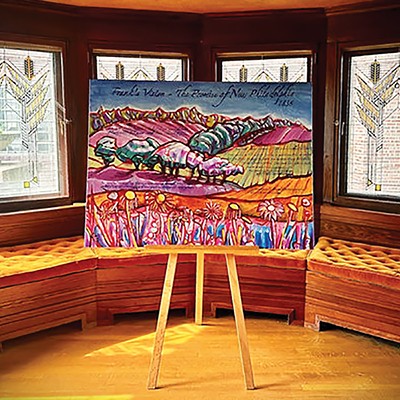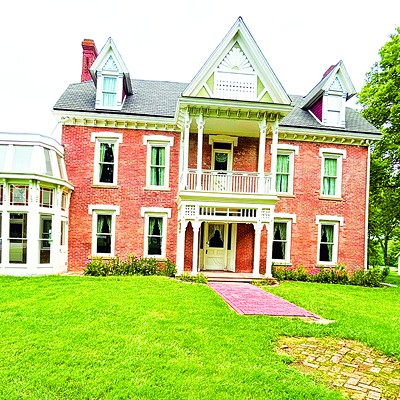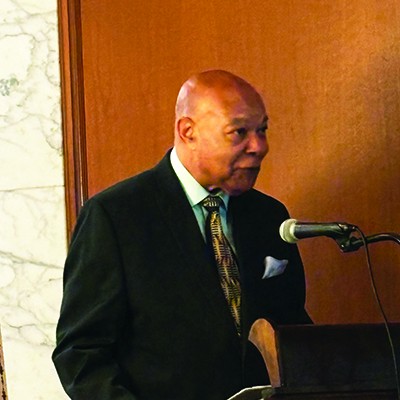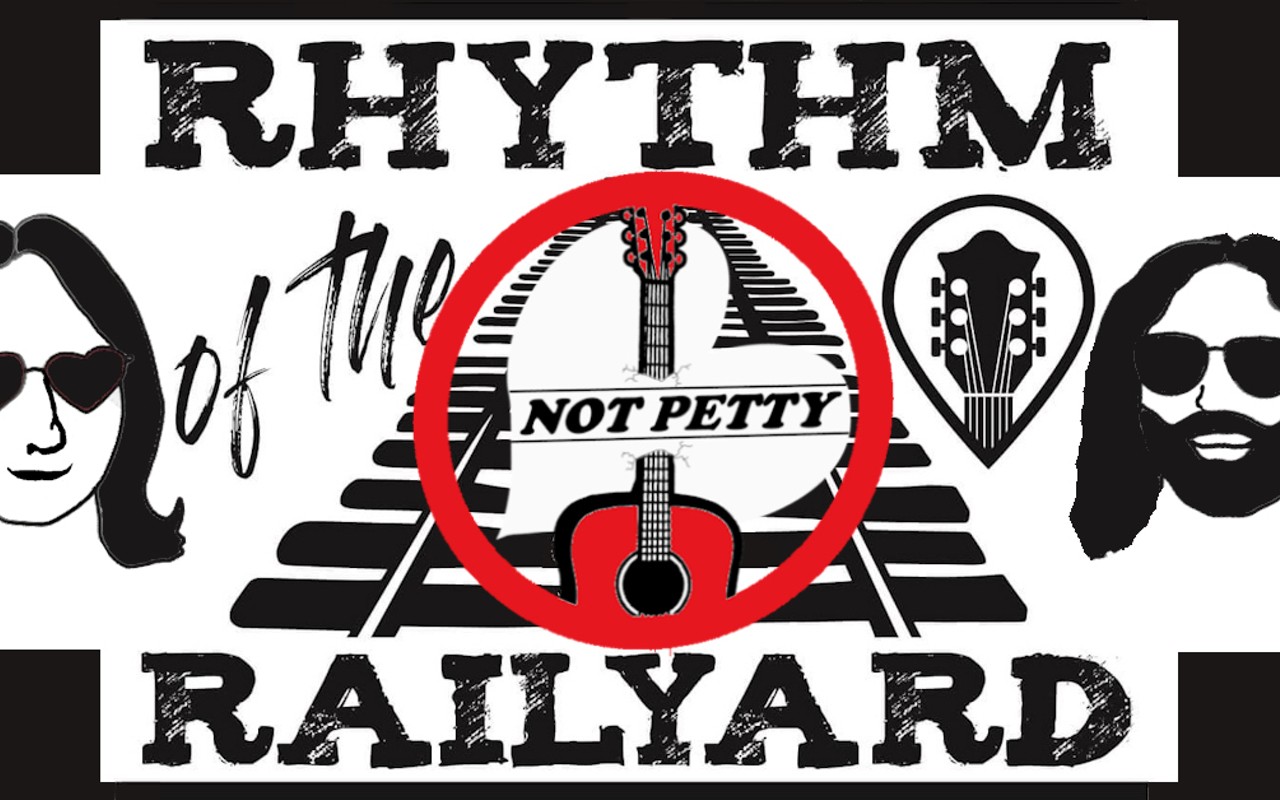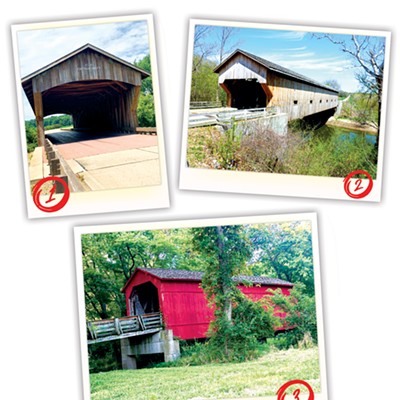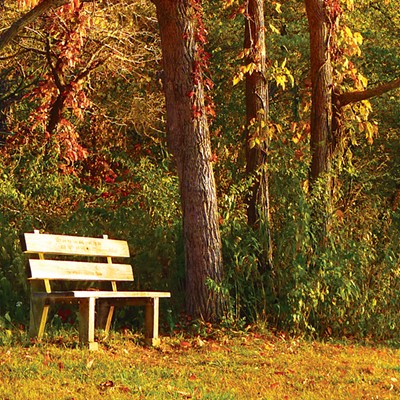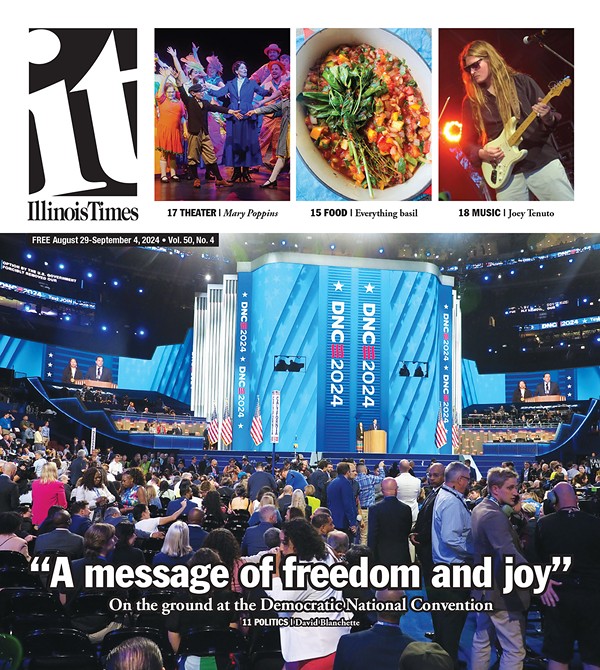People look forward to the time when travel will again be possible and dream of places to visit. Maybe to London, Liverpool or Windsor? How about Paris, Venice, Rome, Brussels or Vienna? Possibly to ancient cities of Sparta, Thebes or Troy? Or places in the south such as Bolivia, Cuba, Jamaica or Panama?
Visiting faraway places seems like a far-off idea, but wait. Getting on a plane is not necessary; just hop in your car. All of these towns, plus more, exist in Illinois. Laurent Pernot's There and Here, Small Illinois Towns with Big Names offers a fun journey "here" to towns with the same names as big cities over "there."
Pernot spent 10 years crisscrossing the state. The book is interesting on several levels: showcasing Illinois small towns with names of more famous places, capturing unique facets of rural and small-town life through superb photography, and presenting interesting information about each town.
The book is divided into "Capitals," "The Towns" and "En Route."
Capitals
Illinois has had six capitals, including Cahokia Mounds (seat of the ancient Mississippian culture), Fort de Chartres (France's Upper Louisiana capital in the 1720s) and Nauvoo (the Mormon "Temple City" from 1839-1846), as well as Kaskaskia and Vandalia, both seats of the state capital prior to Springfield.
The Towns
The author starts with Alhambra (name of the Spanish castle built in 711), ends with Zion (named to become the new Jerusalem, "Zion," in 1899) and visits other towns with famous names in alphabetical order. Text includes pertinent information about the town: history, prominent settlers or leaders, growth and development, even uses in pieces of literature. Washington Irving, for example, wrote The Alhambra, also known as his Spanish Sketch Book.
Pernot honestly relates some unsavory facts about towns – the 1908 Race Riot in Springfield, a lynching in Mt. Zion, slavery in Kaskaskia, the Indian Trail of Death through Naples.
En Route
This section creates a montage of photos under headings such as "Worship" with a photo of the Baha'i Temple in Wilmette, and "Stores" with the ice-cream-cone-designed Twistee Treat Diner on Route 66 in Livingston.
Photos at the front and back of the book are fitting, starting with a "Welcome to Illinois" sign and ending with a "Road Ends" sign next to an abandoned lane.
Pernot's photography is stunning, and one way to enjoy the book is to flip through the pages. He has included pictures that perfectly capture what we see when driving through small towns and the Illinois countryside. He ventures off the interstates and major highways to show us charming streets and shops, popular cafes and unique signs, a welcoming front porch, a stately home, a county courthouse, abandoned tractors, trucks and antique signs. He takes us down unpaved, dusty roads and past cabins and creek beds, over one-lane stone bridges, near bluffs and rivers, and across fields. Photos highlight various times of the year – Fourth of July banners, a scarecrow near a road, Christmas wreaths, winter snow, spring redwoods – and different times of the day – a sunrise over a field, the sunset silhouetting a windmill. Remnants of frontier life, abandoned and overgrown farms, fruit stands, rusting grain bins, a ferry on the river. His photos are captivating.
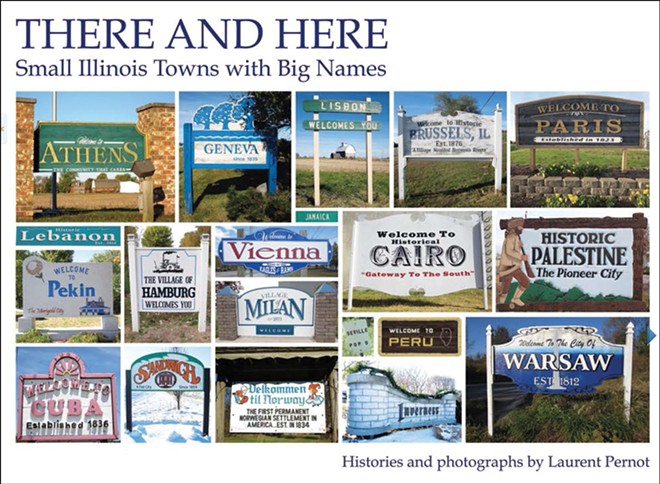
Through the text, we learn that Savoy was named after Prince Jerome Napoleon and his wife, Clothilde of Savoy, who visited in the summer of 1861, traveling by train from Chicago to St. Louis and writing home about the "hamlets" of Illinois. We learn that Chester in England is a walled city; Pernot says the Chester in Illinois, "never did need fortifications; it has Popeye, fortified by his famous spinach." Pictured is the Popeye Museum with a sign sporting a spinach can.
The name of the town Limerick is cleverly described with a limerick: "To say its name is for the Irish city would be a trick/ 'cause it came from an Irish lad named Limerick./ He arrived in Eighteen Thirty-Nine/ he and the missus deemed the spot fine./ The town didn't really grow but the name did stick."
Pernot grew up in France, came to Illinois as a foreign exchange student and now lives in Highland Park. He is the chief of staff at Columbia College Chicago. In the introduction he explains his book "documents a rapidly disappearing Illinois.... Each town is a discovery, whether for a few minutes or a few days."
There and Here is a gem – a book to definitely pick up. It gives a glimpse into the history of our towns, captures the essence of our state with wonderful photography and provides ideas of places to visit by hopping in the car and driving, staying socially distanced, rather than getting on a plane. Over "there" can be saved for safer times.
Treasures just down the road:
A conversation with Laurent Pernot
Laurent Pernot grew up in France, near the Swiss border. He came to Illinois as a foreign exchange student in high school almost 30 years ago. His teacher commented that he was from France and said she was from Paris. He says, "I started speaking French and she didn't know what I was saying. Then she said, 'No, I am from Paris, Illinois.' I didn't know there was a Paris in Illinois. That was really the genesis of my interest."
That interest was further sparked when Pernot had a job with City Colleges of Chicago that required trips to Springfield, often to testify on bills at the Capitol. "I kept passing signs for places off the highway and decided to go off the road and see things." That he did, often. Ten years later he has published There and Here, Small Illinois Towns with Big Names. In writing the book, for which he took all the photographs, he crisscrossed the state many times.
Pernot says, "I went through towns without doing any research first, just to get a sense of the place and see things." Later, he would discover more about the town by doing research. Some of the facts he discovered were not pleasant, such as sites of lynchings. "That was eye-opening," Pernot explains. "We weren't taught about that in France and even in Illinois we aren't taught that." To him, history is "complex." He calls his book a "love letter to my state," but adds, "I had to be frank about some of the information I discovered."
Pernot thought the complex history should be shared. "I think we suffer as a state," he offers. "We belittle it too much and think to see things you have to go to Wisconsin or Missouri. But we sit on treasures that are charming, full of history and just down the road."
Pernot lives near Chicago with his wife and children. His parents live in France, although, due to COVID, he has not been able to visit.
Cinda Ackerman Klickna of Rochester has written about the origin of Illinois town names for the Illinois State Historical Society and found this book fascinating.

